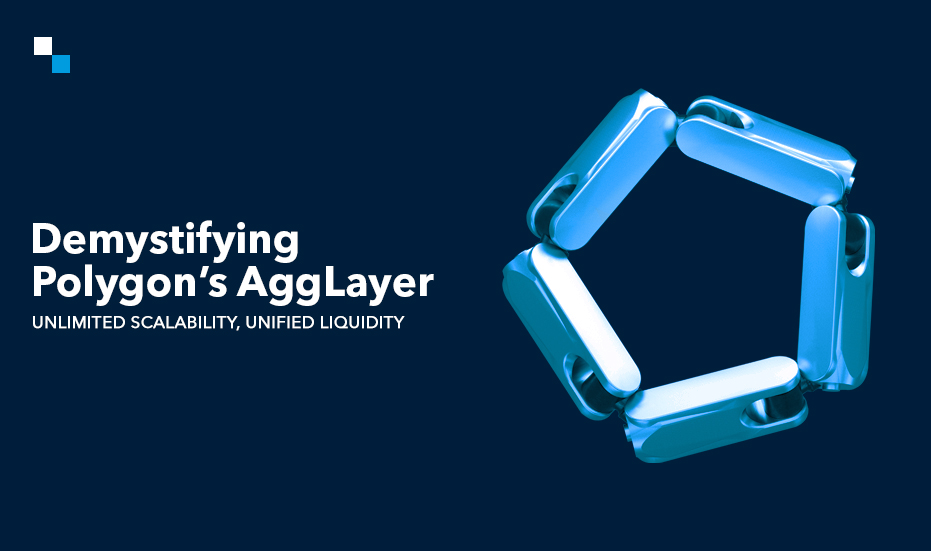The blockchain landscape has historically been divided between monolithic and modular architectures. Monolithic chains, like Solana, offer a unified ecosystem but struggle with scalability as usage increases. Modular architectures, on the other hand, address scalability by distributing operations across chains, but introduce fragmentation issues.
Polygon's AggLayer
Polygon's aggregation layer emerges as a revolutionary solution that combines the strengths of both monolithic and modular systems. Utilizing zero-knowledge proofs, AggLayer aims to unify various Polygon-based blockchains into a seamless, interconnected web.
Critical Challenges Addressed by the Aggregation Layer
A major challenge addressed by AggLayer is the fragmentation of liquidity and state across different layer 2 solutions and their connection to Ethereum's layer 1. This fragmentation hinders user experience and increases costs.
Fragmented Liquidity: Currently, liquidity is dispersed across multiple platforms which leads to higher slippage rates and less efficient transactions. AggLayer aims to consolidate liquidity while improving trade execution and reducing costs for users.
Cross-Chain Transaction Hurdles: Cross-chain transactions can be cumbersome. For instance, transferring tokens between chains A and B involves locking/burning tokens on A and crediting them on B. This process requires finality on Ethereum's layer 1 and additional time for proof generation on rollups, creating significant delays.
Benefits of AggLayer for Developers and Users
Cryptographic Security: AggLayer maintains cryptographic integrity and composability across connected chains without compromising their autonomy. Decentralized validators ensure fair and transparent transaction processing. This robust security framework empowers developers to build trustworthy applications.
Faster Cross-Chain Transactions: AggLayer reduces transaction latency by enabling chains to coordinate at lower-than-Ethereum latency. This facilitates faster transactions between chains, leading to a smoother user experience.
Low-Latency Interactions: Real-time responsiveness is crucial for certain applications. AggLayer's architecture supports a unified bridge and allows direct transfers of native assets across chains with significantly reduced latency.
Unified Bridge: Unlike traditional bridges that create synthetic tokens, AggLayer facilitates the transfer of native tokens using a shared liquidity pool. This simplifies user transactions and preserves asset value, fostering a more interconnected and fluid environment.
Conclusion
Polygon's AggLayer is a groundbreaking innovation that paves the way for a more unified and scalable blockchain future. By addressing critical challenges and offering significant benefits to both developers and users, AggLayer positions Polygon as a leader in blockchain interoperability and user experience.
The development of Polygon's AggLayer is an ongoing process. We can expect advancements in areas like support for more blockchains, enhanced security mechanisms, and integration with emerging technologies in the foreseeable future.



